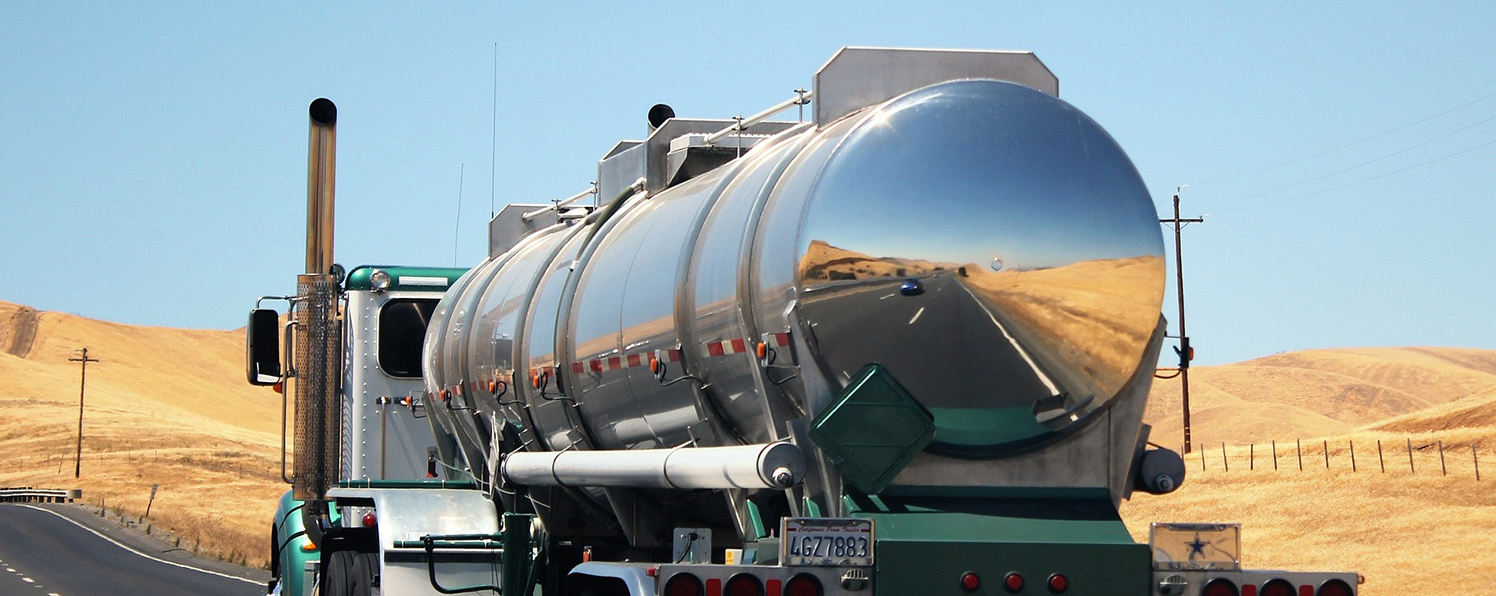
Given the continual driver shortage, truck drivers have many options in deciding which companies and fleets to work for. Recruiters need to constantly differentiate themselves from other firms when interacting with job prospects. Recruiters are constantly guessing about how much drivers will care about different factors when weighing job options. Data from Drive My Way’s database revealed some interesting factors which CDL truck drivers care about when looking for a CDL trucking job.
Drive My Way’s unique service matches drivers with companies based on professional qualifications and lifestyle choices. We asked our drivers which factors are most important to them when they are deciding where to work. We were overwhelmed by the sheer number of responses and slightly surprised by the results. According to our Drive My Way drivers, here are the top seven factors CDL truck drivers consider when deciding where to work.
1. Pay
Okay, this one is not a big surprise, but it’s good to have some hard data behind recruiters’ instincts. Type and amount of pay is the number one reason drivers said they consider when looking for jobs. In fact, over 15,000 Drive My Way drivers cited this as the top reason.
Truckers know a shoddy deal when they see one, so they’ll be skeptical if your company is offering them pay less than the industry average.
In addition to salary, drivers also look for opportunities for raises, bonuses, and overtime rates. If they are driving specialty or unusual hauls which are more dangerous, they will expect those to pay better. Bottom line, if drivers aren’t paid competitively at your company, they’ll shop around for a company where they are.
2. Health Insurance
Salary isn’t the only important factor when it comes to compensation. Drivers care about a full benefits package, including health insurance. Over 12,000 Drive My Way drivers cited this as a factor they consider when applying for a new CDL job.
The costs of health insurance have risen over the last 10 years, and drivers look for the best packages that covers their health needs. Drivers with families especially look to cover as many family members as possible. Many families will need special coverage for very particular health needs, and if their employers only offer very basic packages they will look elsewhere for a better deal. Try to balance out factors like the deductibles, co-pays, and co-insurance costs and have a portfolio of different insurance options for drivers to choose from.
3. Retirement Plans
When deciding where to work, CDL truck drivers consider retirement options. The average truck driver age is 49. Many drivers are only about two decades away from retirement, so if they haven’t started saving yet they will want to now. Even younger drivers are likely to be proactive and start thinking about retirement sooner rather than later. Overall, nearly 12,000 Drive My Way drivers cited retirement plans as a top factor they consider in a new CDL job.
Many employers offer retirement plans but don’t automatically enroll their staff into a default plan. The result is that drivers and other staff are overwhelmed with having to make those decisions and put it off indefinitely. Make the process easier for your drivers by having an automatic opt-in policy. Then, they have the choice to opt-out or choose a different plan. Saving for retirement is hard, but drivers know the importance. Let your job prospects know you can make the process easier for them, and they’ll remember your company as one that cares.
4. Type of Run/Range
Truck driving jobs have a great deal of variety. One of the most critical attributes that make them different is the type of run and range that exists. Not all drivers want jobs that take them coast-to-coast across the country. Over 11,000 drivers named the type of run as an essential factor when deciding where to work.
Some drivers will prefer over-the-road (OTR) work. However, since OTR drivers spend less time at home and live out of their truck, they expect to be compensated better. Other drivers prefer local runs or regional runs. Make sure you get to know your driver candidate’s preferences in what types of runs and range they’d like to cover.
5. Type of Schedule and Paid Time-Off
Home time is one of the most important factors drivers consider when looking for work. Over 11,000 Drive My Way drivers cited both of these—type of schedule and PTO —as top job factors they consider when applying to a new CDL trucking job.
The average driver works 70 hours a week and goes 8 days before taking a day off. That’s a rough schedule for anyone, but especially for drivers who may have families and children. Truck drivers know that the job entails sacrificing home time, but they hope the sacrifices aren’t unbearable. Drivers won’t hesitate to pursue another job if that schedule and PTO package suits their needs better.
6. Training and Development
Truck drivers may have some experience behind the wheel already, but it won’t compare to getting some actual training. Nearly 8,000 Drive My Way drivers cited training and development as a top factor they consider when looking for a new CDL job.
Any company training or orientation that your company provides will make them feel comfortable in the position and foster a sense of belonging with the company. Research shows that employees who feel they’ve been trained and groomed by the company will feel a greater sense of loyalty to that company. More and more drivers are now interested in professional development opportunities. Making training and development a core part of HR operations is something recruiters can do to make a strong case for drivers to work there and remain there for many years.
7. Type of Haul
Over 4,000 Drive My Way drivers expressed that the type of haul is an important factor for them in choosing a CDL jobs. If you aren’t taking into account driver preferences and specializations in hauls, you’re under-utilizing them! Some types of hauls will require special CDL endorsements or special permits, so make sure to equip your drivers with those. If they are already certified, it makes a placement choice all the more easier. Figuring out which hauls should be covered by which drivers can be a tricky business given other constraints, but make sure you ask your drivers about their skill and interest level in them.







.jpg)






